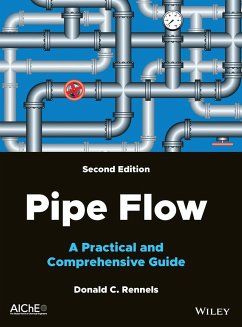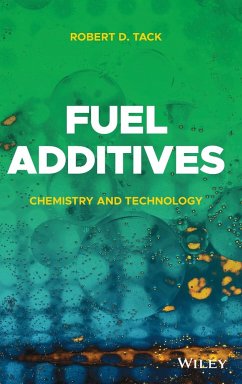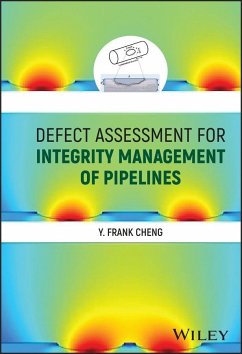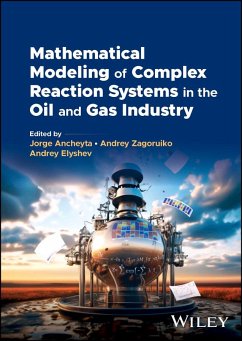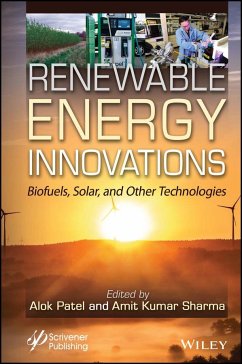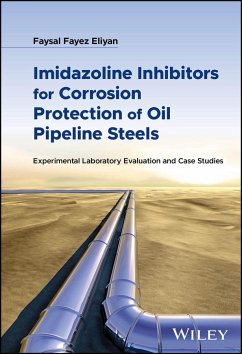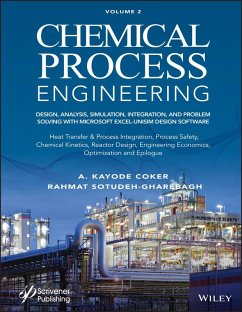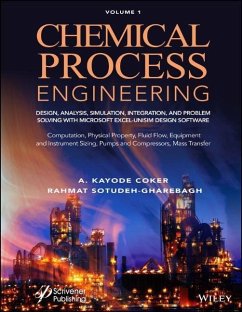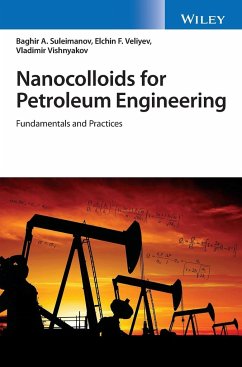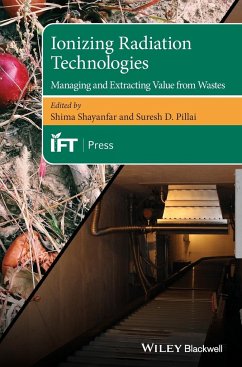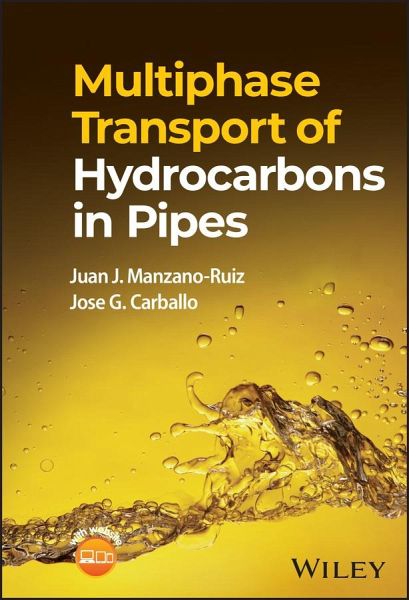
Multiphase Transport of Hydrocarbons in Pipes
Versandkostenfrei!
Versandfertig in über 4 Wochen
142,99 €
inkl. MwSt.
Weitere Ausgaben:

PAYBACK Punkte
71 °P sammeln!
An introduction to multiphase flows in the oil and gas industry The term 'multiphase flow' refers to the concurrent flow of oil and/or gas, alongside other substances or materials such as production water, chemical inhibitors, and solids (e.g. sand). This is a critical topic in the oil and gas industry, where the presence of multiple flow phases in pipelines affects deliverability, generates serious complications in predicting flow performance for system design and operation, and requires specific risk mitigation actions and continuous maintenance. Chemical and Mechanical Engineers interested ...
An introduction to multiphase flows in the oil and gas industry The term 'multiphase flow' refers to the concurrent flow of oil and/or gas, alongside other substances or materials such as production water, chemical inhibitors, and solids (e.g. sand). This is a critical topic in the oil and gas industry, where the presence of multiple flow phases in pipelines affects deliverability, generates serious complications in predicting flow performance for system design and operation, and requires specific risk mitigation actions and continuous maintenance. Chemical and Mechanical Engineers interested in working in this industry will benefit from understanding the basic theories and practices required to model and operate multiphase flows through pipelines, wells, and other components of the production system. Multiphase Transport of Hydrocarbons in Pipes meets this need with a comprehensive overview of five decades of research into multiphase flow. Incorporating fundamental theories, historic and cutting-edge multiphase flow models, and concrete examples of current and future applications. This book provides a sound technical background for prospective or working engineers in need of understanding this crucial area of industry. Readers will also find: * Fundamental principles supporting commercial software * Detailed tools for estimating multiphase flow rates through flowlines, wells, and more * Integration of conservation principles with thermodynamic and transport properties * Coverage of legacy and modern simulation models This book is ideal for flow assurance engineers, facilities engineers, oil and gas production engineers, and process engineers, as well as chemical and mechanical engineering students looking to work in any of these roles.




